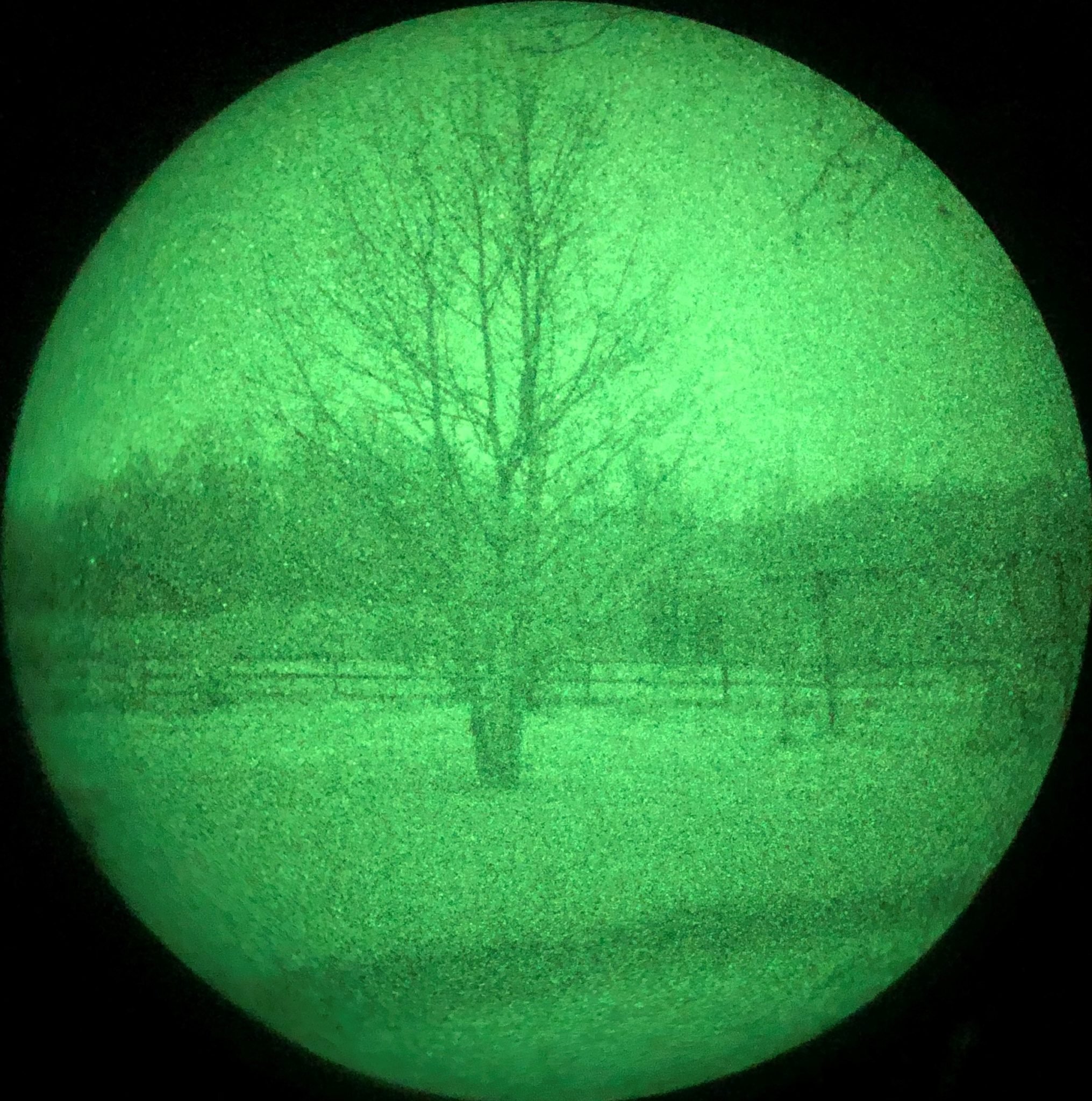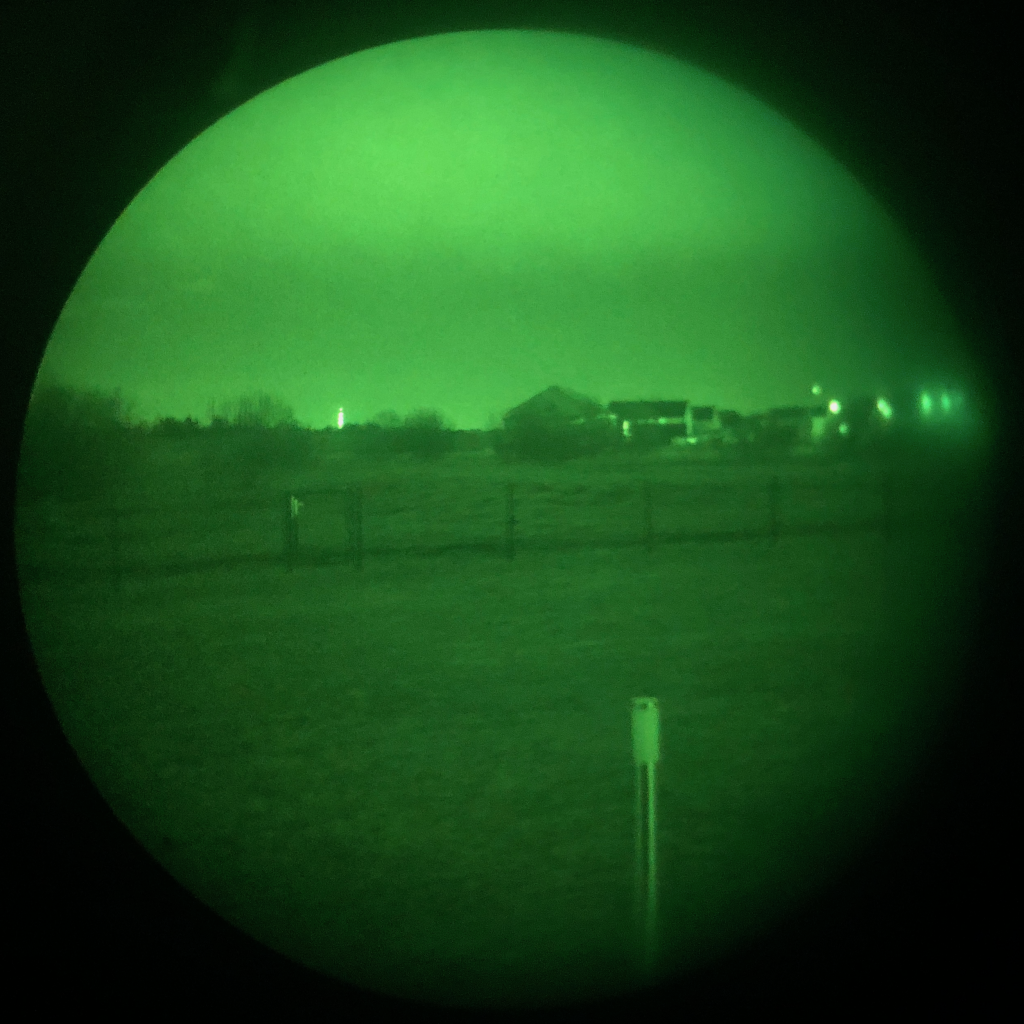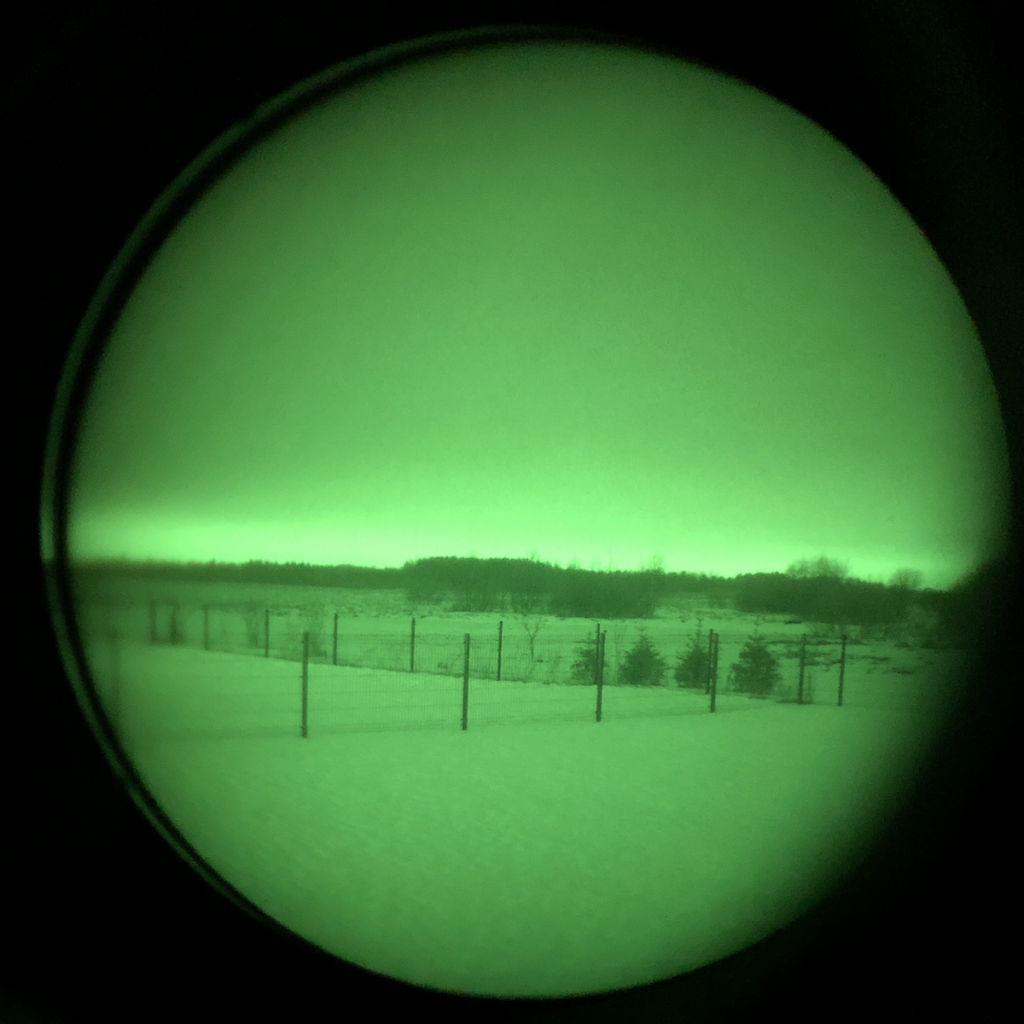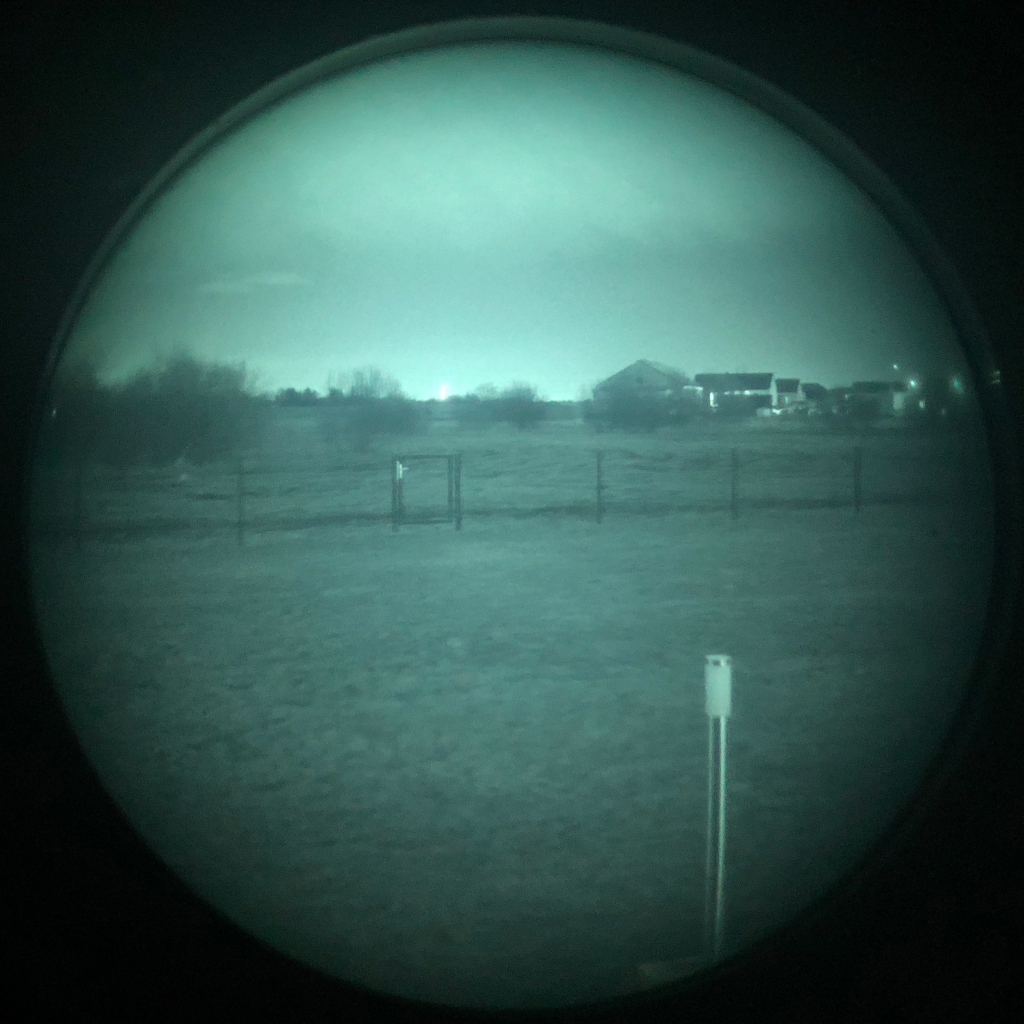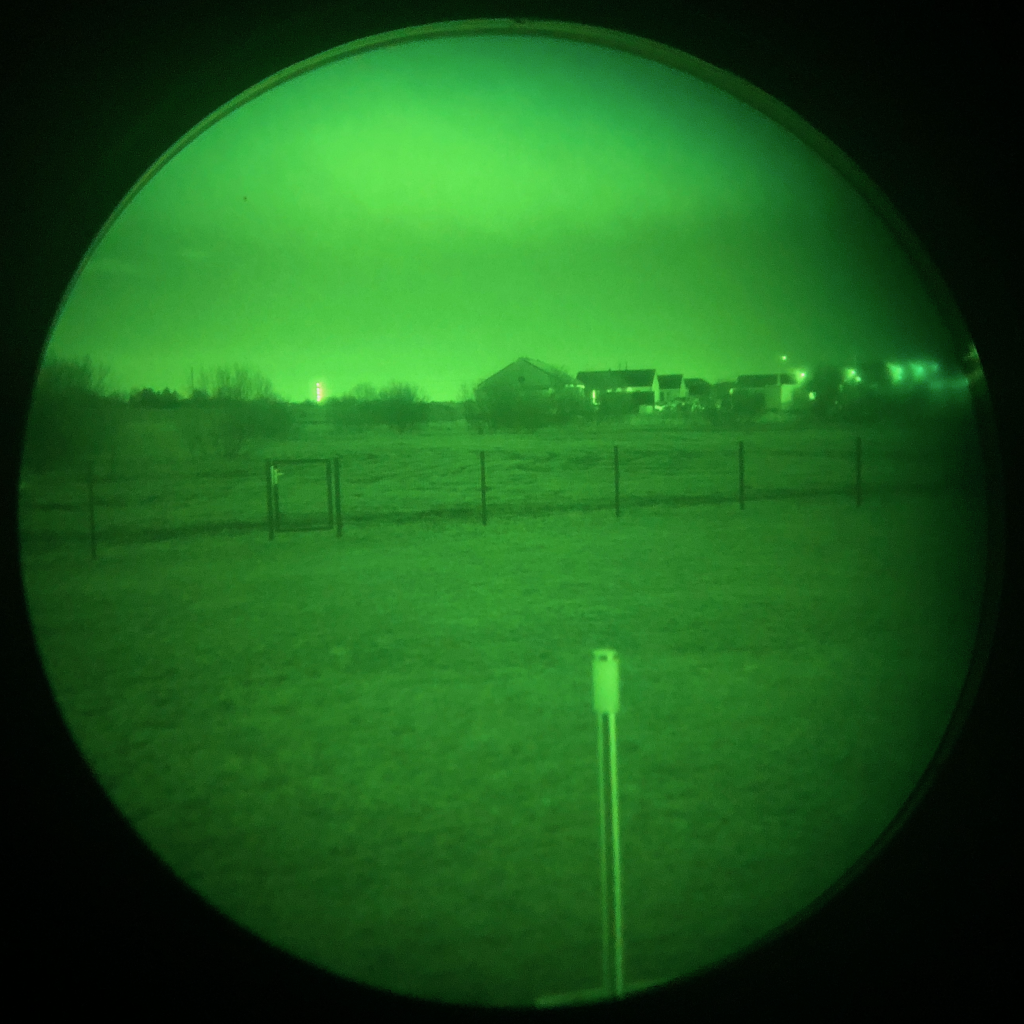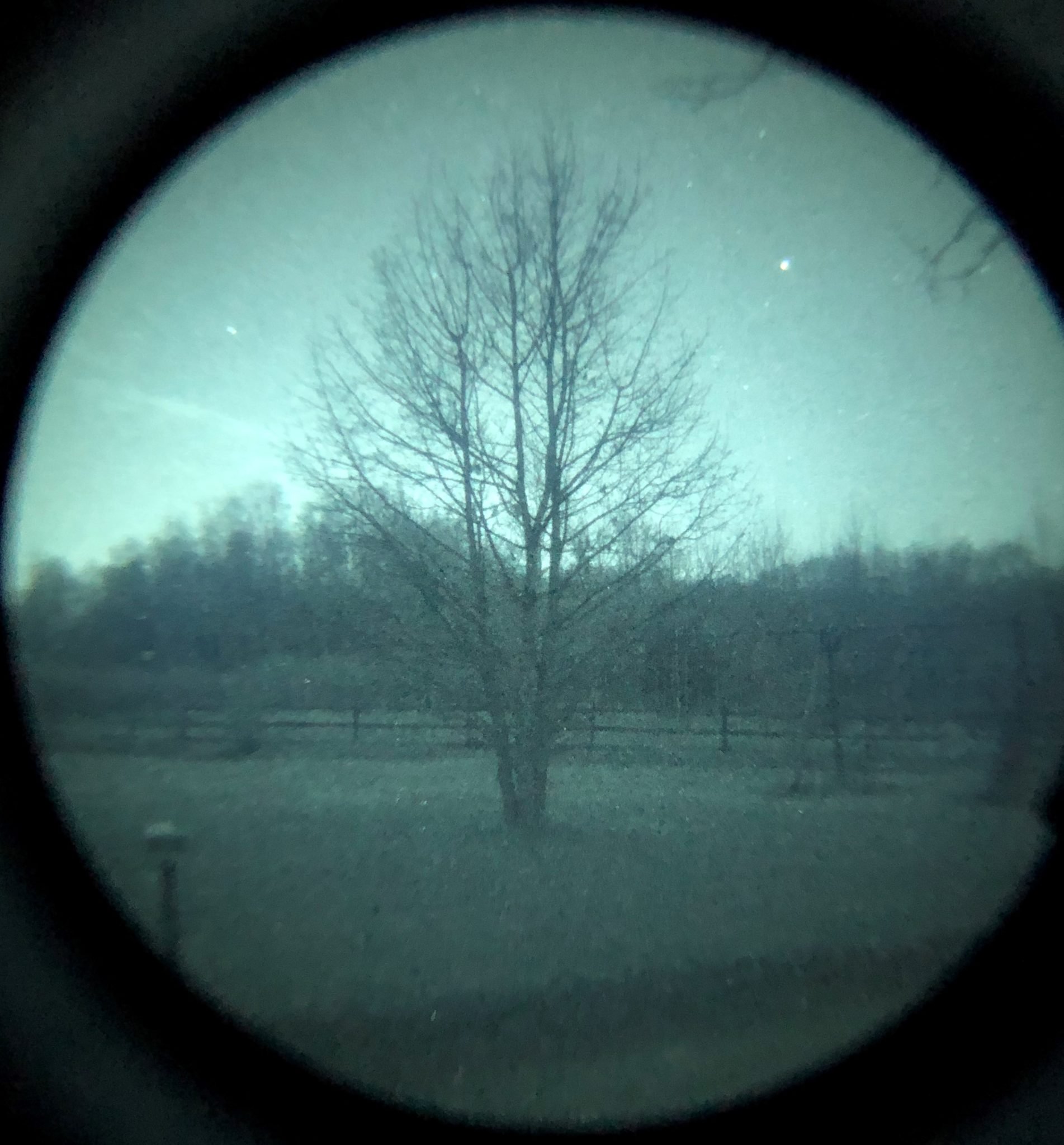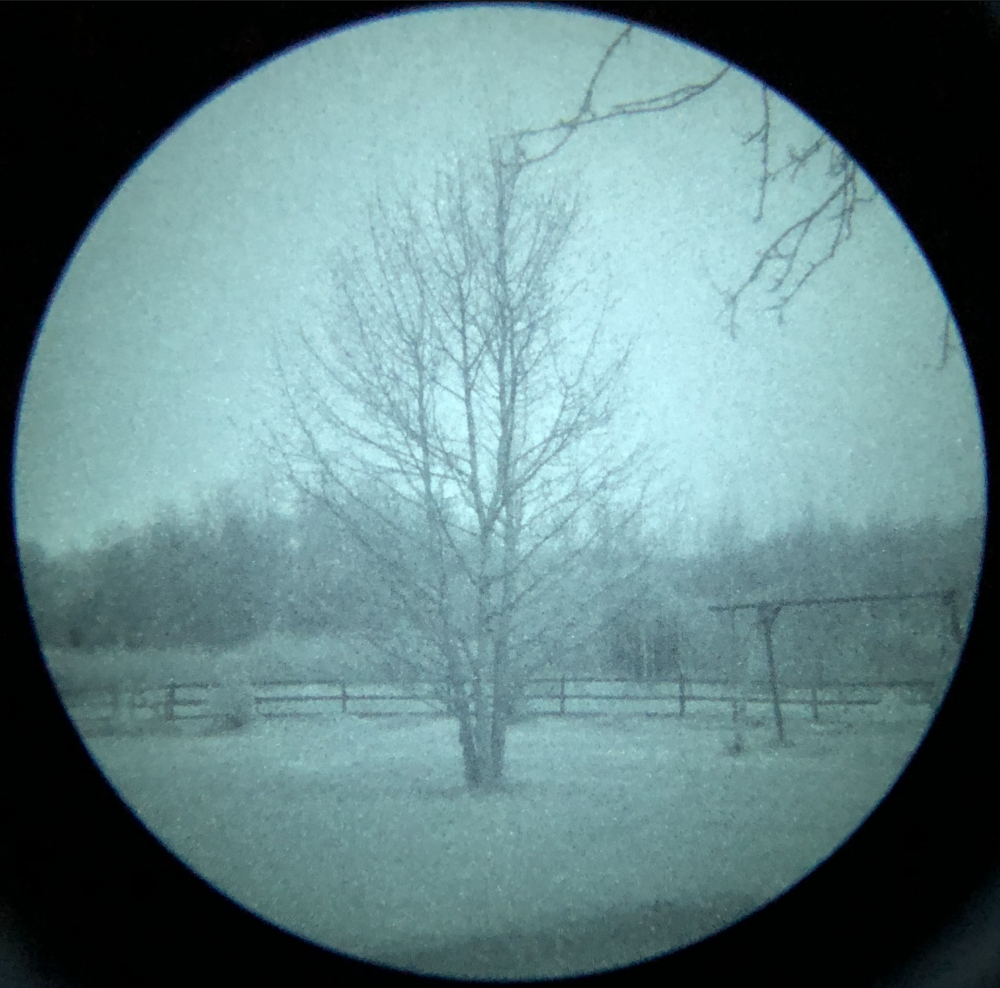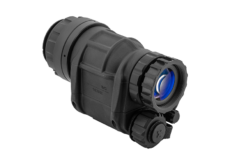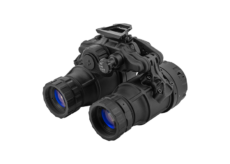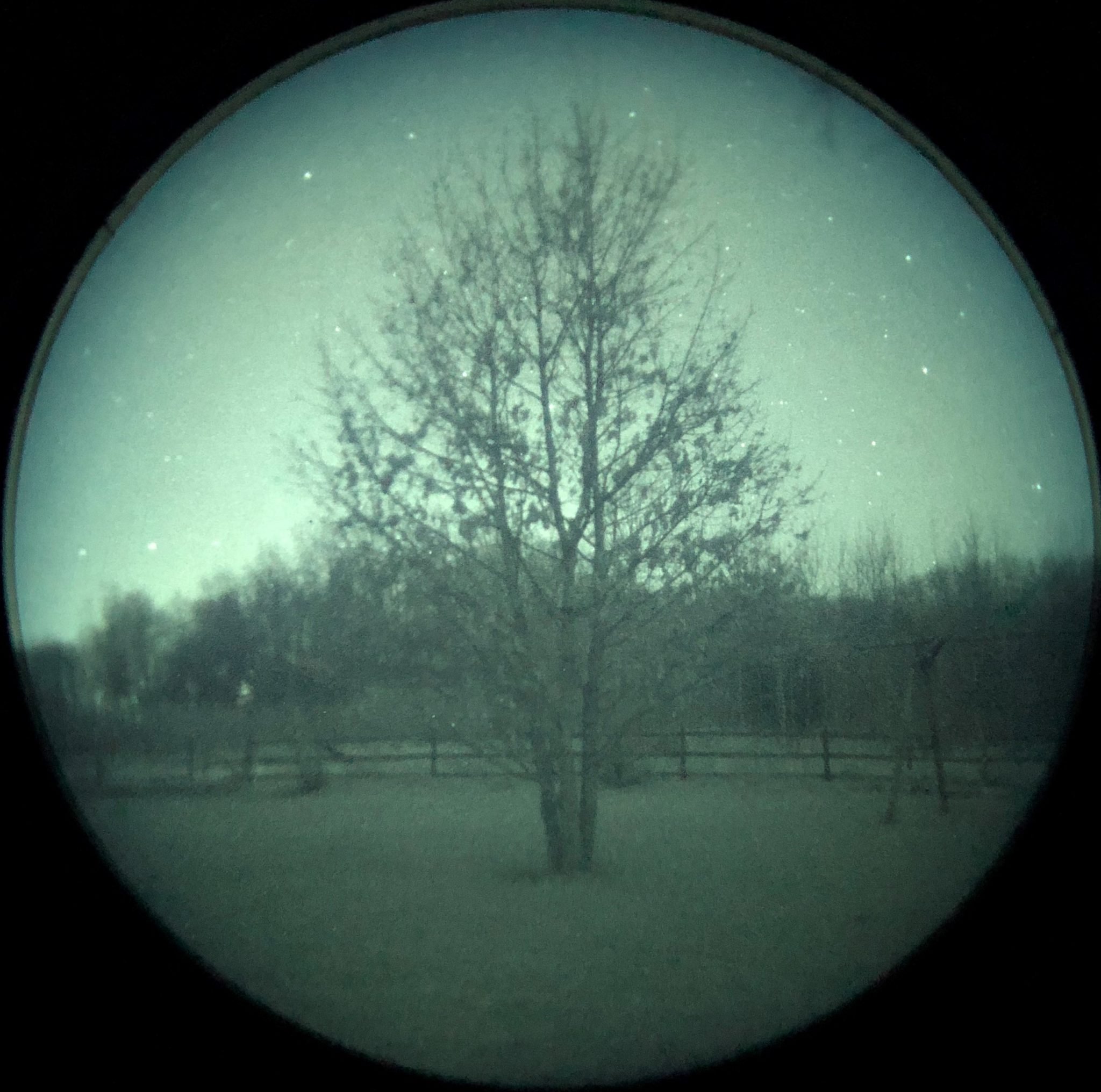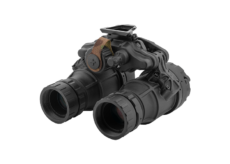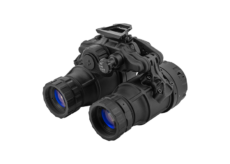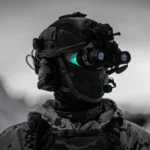Night Vision Guide - Let's talk IIT
This article is mainly written for night vision intensifier tubes (IIT) that are available in Europe. Unfortunately, US IITs are not available here and therefore we don’t include those in our review.
What are the parameters to look for when comparing IITs?
- Figure of Merit (FOM) – Image intensifier tube (IIT) specification designation, calculated on line pair per mm x signal to noise. (FOM=lp/mm * SNR).
- Gain – IIT work by collecting low levels of light, amplifying them to levels that can be easily observed. The tube gain (which is also referred to as brightness gain or luminance gain) is the magnitude, or number of times the image intensifier amplifies the light input.
- Resolution -The ability of an image intensifier or night vision system to distinguish between objects close together. Image intensifier resolution is measured in line pairs per millimeter (lp/mm). Typically, the higher the line pair, the better the image resolution.
- Black Spots – These are cosmetic blemishes in the image intensifier or can be dirt or debris between the lenses. Black spots that are in the image intensifier do not affect the performance or reliability of a night vision device and are inherent in the manufacturing processes.
- EBI (Equivalent Background Illumination) is the background noise of the Image Intensifier and mainly comes from the thermal emission of the photocathode. The EBI adds noise speckles to the image. The EBI increases rapidly with temperature and can become a significant source of noise when the IIT is at elevated temperature. Tube manufacturers normally specify EBI at temperature of 21C.
- Photocathode sensitivity is a measure of how well the image intensifier tube converts light into an electronic signal so it can be amplified. The measuring units of photocathode sensitivity are micro- amps/lumen (?A/lm) or microamperes per lumen. Even though it is a very important attribute, Photonis unfortunately does not display the value on its specs.
- Signal-to-Noise Ratio (SNR) – A measure of the light signal reaching the eye divided by the perceived noise as seen by the eye. A tube’s SNR determines the low light resolution of the image tube; therefore, the higher the SNR, the better the ability of the tube to resolve objects with good contrast under low-light conditions. Because SNR is directly related to the photocathode’s sensitivity and also accounts for phosphor efficiency and MCP operating voltage, it is the best single indicator of an image intensifier’s performance.
- Autogated – Autogating offers the tube better protection and preventing resolution loss in high light conditions.
In most cases you can find this information in generic IIT specification (except black spots). However, what you need to keep in mind, is that every IIT has min and someties max range set for every attribute. Therefore, you actually will never know what IIT you will be getting unless you are looking at the specs of that exact tube.
Since the difference between units can be pretty big (both FOM and the existence of black spots), we have decided to make public units specification and picture of the tube (to see black spots). Price depends on the quality of the tube. Please be aware that not all spots are visible on those pictures and in real life the spots appear to be bigger than on a picture. Spots score is our own metric to compare visibility of spots between tubes.
About those generations
When people discuss NVD generations, then we mean the generation of IITs. We learned that you could not compare tubes anymore based on their generation. We need to keep in mind that Gen3 were created in the late 1980s and the technology has advanced a
lot since then – that goes both for the units that use multi-alkaline and GaAs photocathode. Therefore, we remain from assigning generation based on chemical complaints to IITs that have greatly improved the technology (like Photonis ECHO and 4G).

Gen 1+
Gen1 has small light intensifying capability and is bulky. It needs a high-powered IR illuminator to see something at all. By flashing an IR light, you will be giving away your position to everyone else on a field who has some sort of NVD capability.
Suggestion
Truth to be told, there are no cheap options for NVDs. If you have money only for Gen1, we rather recommend investing this money into a good weapon light.
Standard Gen 2+
Everyone knows that Gen2+ IIT outperforms Gen1 without breaking a sweat. This is due to the fact that in devices starting from Gen2+ you have MCP (Micro-channel plate) which amplifies electrons, a lot, in addition to having better optics than Gen1.
By Standard Gen2+ we consider regular Gen2+ tubes. There are a lot of vendors who provide devices with standard tubes like Flir, ATN, etc.
Usually, you will get a decent device with resolution 45-55 lp/mm, sensitivity around 450-550 ua/lm, SN ratio between 20-22, and EBI around 0.15.
By the way – those are the 4 main parameters to look for. Even though when buying Gen2+, you usually never know those parameters. In most cases you will not get specs of the concrete tube you are purchasing before the deal.
Standard Gen2+ devices are not Autogated.
| Parameter | Min | Average | Max |
| Luminance sensitivity 2850 K. | 350 | 500 | / |
| FOM | N/A | 1000 | / |
| Resolution center | 32 | 50 | / |
| Signal to noise ratio | 12 | 20 | / |
| Equiv. Background illumin. | / | 0.15 | / |
Main cons of Standard Gen2+ devices
The main problem with most Gen2+ devices is that you almost never know what you will get. The minimum specs are very low (even with minimum specs it still beats the crap out of Gen1+).
Conclusion
Due to high variety of Gen2+ devices it’s hard to pin-point best field of use. If the specs are there and decent, go for it. It’s a decent entry-level NVD. It will be best preforming in an environments with some light – light noise from the city, full moon etc.
If you are looking for a device that is more reliable, would suggest to look into Commercial or ECHO as it introduces autogating.
Some examples of different tubes (and 1x 4G):

Photonis Commercial
Photonis Commercial, we mean XX1441 and XW1441 tubes.
Even though we have never seen a Commercial IIT with FOM below 1100 due to low minimal requirements (minimum of 380), you can never be sure. If certainty is important, then you should consider ECHO.
Photonis Commercial devices are not Autogated.
IIT specifications for Photonis Commercial:
| Parameter | Min | Average | Max |
| Luminance sensitivity 2850 K. | 270 | 570 | / |
| FOM | 380 | 1300 | / |
| Resolution center | 32 | 60 | / |
| Signal to noise ratio | 12 | 21 | / |
| Equiv. Background illumin. | / | 0.15 | / |
Conclusion
Photonis Commercial is an entry-level NVD if you want decent performance if ECHO is out of reach. Its main cons are very low minimum specs and absent autogating.
Currently in our opinion, Photonis Commercial does not meet the standards Falconclaw is aiming for.
Photonis 4G vs Photonis Commercial
Photonis 4G WP = ~6500€
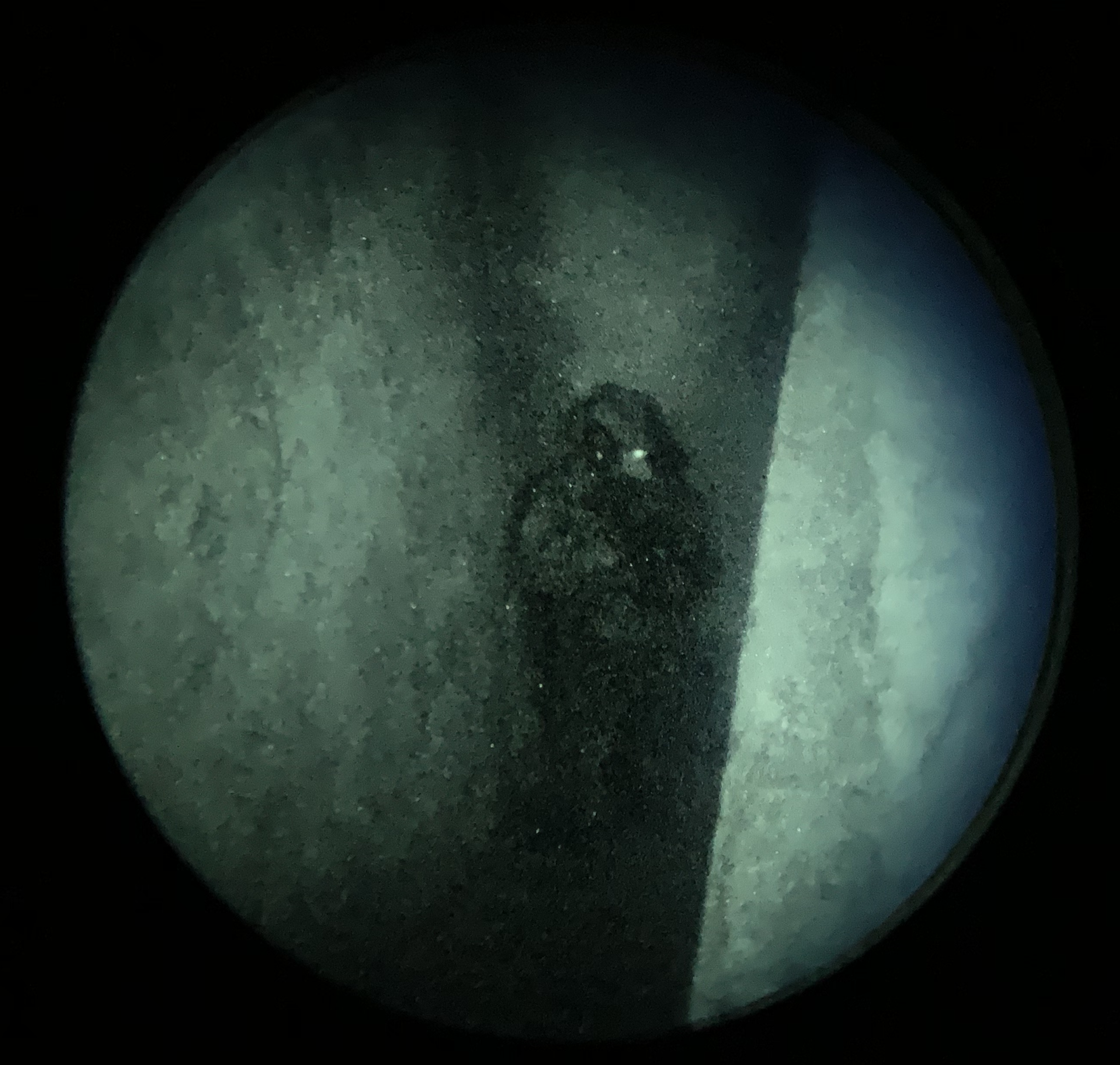
Photonis Commercial WP = 2 550€
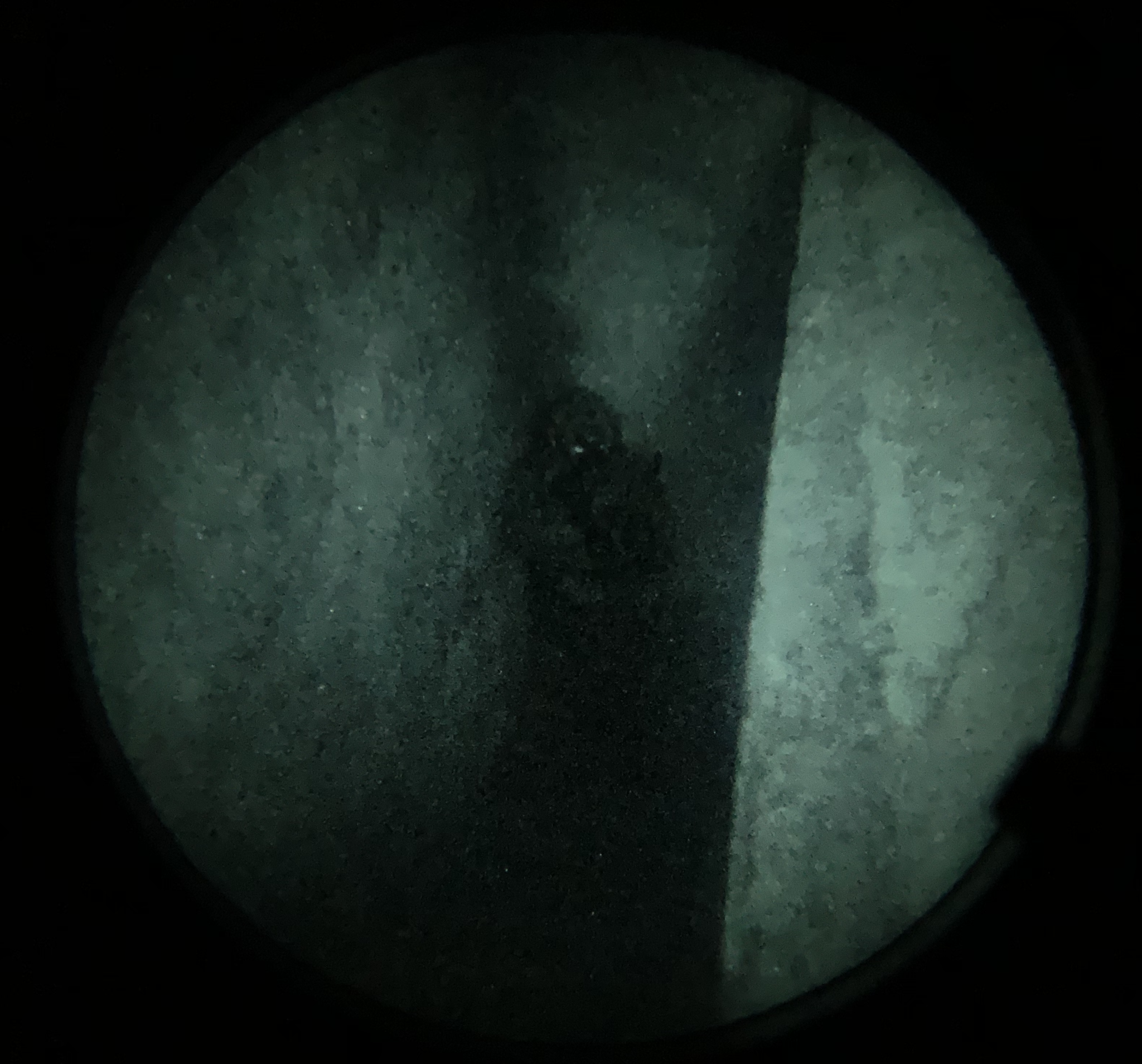
Photonis 4G vs Commercial
Photonis ECHO and ECHO+
Photonis ECHO
With Photonis ECHO tubes, you can already be sure about their high quality. The minimum FOM is 1600.
Photonis ECHO devices come from the 4G production line. The main difference between ECHO and 4G is that ECHO did not meet the high-quality standards that 4G has. Please read more about it here:
https://www.falconclaw.eu/round-1-photonis-4g-vs-echo/
We currently provide Photonis ECHO in THE-14 and DTNVS housings. Both of them are manufactured by ACT and use lightweight housings. ACT is the leading Night Vision monocular and binocular producer in Europe.
Usually, the resolution is around 65-70 lp/mm, the SN ratio between 24-28, and the EBI around 0.12.
Photonis ECHO devices are Autogated.
IIT: Photonis ECHO
| Parameter | Min | Average | Max |
| Luminance gain (at 20 μlx) | 8000 | / | 12000 |
| FOM | 1600 | 1775 | 2000 |
| Resolution center | 57 | 68 | 74 |
| Signal to noise ratio | 23 | 25 | / |
| Equiv. Background illumin. | / | 0.12 | 0.40 |
ECHO (1600-2000 FOM) Products available
-
ACT THE14 LWT40 ECHO White Phoshpor
€4 588.00 – €4 774.00 Select options This product has multiple variants. The options may be chosen on the product page In Stock -
ACT LWT DTNVS ECHO White Phosphor
€9 610.00 Select options This product has multiple variants. The options may be chosen on the product page In Stock
Conclusion
Photonis ECHO has became one of the most sold IIT’s within monoculars and it’s clearly understandable why – it has good (predictable) specs, autogating and some black-spots that don’t really bother the user in low light conditions
ECHO WP (FOM 1780) vs Harder Digital Gen3 WP (FOM 2100+)
Photonis ECHO+
Compared to ECHO IIT’s ECHO+ as the name says is one step up. Their minimum FOM starts with 2000.
Similarily to Photonis ECHO devices, ECHO+ come from 4G production line. .
We currently provide Photonis ECHO+ in THE-14 and DTNVS housings, last two are new lightweight housing produced by ACT. ACT is leading Night Vision monocular and binocular producer in Europe.
Usually the resolution is round 65-70 lp/mm, SN ratio between 27-31 and EBI around 0.12.
Photonis ECHO+ devices are Autogated.
IIT: Photonis ECHO+
| Parameter | Min | Average | Max |
| Luminance gain (at 20 μlx) | 8000 | / | 12000 |
| FOM | 2000 | / | |
| Resolution center | 57 | / | / |
| Signal to noise ratio | 25 | / | / |
| Equiv. Background illumin. | / | 0.12 | 0.40 |
ECHO+ (2000+ FOM) Products available
-
ACT DTNVS v2 ECHO White Phosphor 16mm (2000+ FOM)
€7 626.00 – €7 843.00 Select options This product has multiple variants. The options may be chosen on the product page Out of stock -
Sale!
ACT THE14 LWT40 ECHO+ White Phosphor
€5 704.00 - €5 952.00
€5 332.00 - €5 518.00 Select options This product has multiple variants. The options may be chosen on the product page In Stock
Conclusion
If you are looking for more high-end NVD IIT with higher FOM and dont need a mil-spec IIT – ECHO+ is the one to go. They see what others do not see. Echo+ tubes allow for more spots, but at a great value and performance.


The Photonis 4G IITs we offer FOM starts from 2200 and is 2000 on average. Compared to ECHO series the 4G has higher requirements almost for every attribute which are required for a tube to be considered mil-spec. In addition to attributes that are visible on a specification, there are some very important attributes that are not displayed on a data sheet (like sensitivity, bandwidth, halo).
4G has one of the best Detection/ Recognition/ Identification (DRI) range at various light levels. The further distance the user can see, the better he can react as he will be the first to see.
4G Night Vision standards is defined by:
- An Extended Bandwidth of photon collection to deliver a consistently high image quality in all environments (from below 400nm to above 1.000nm)
- A FOM above 1 800
- A Resolution always superior to 57 lp/mm even in the most polluted light environments such as urban areas or when entering a building where the light is suddenly switched on
- A typical 0.75mm halo around the brightest objects seen in the image to provide the highest details around the light sources
We provide Photonis 4G in THE-14 & DTNVS housings produced by ACT. ACT is leading Night Vision monocular and binocular producer in Europe.
Usually the resolution is round 55-70 lp/mm, SN ratio between 28-30 and EBI around 0.15.
Photonis 4G devices are Autogated.
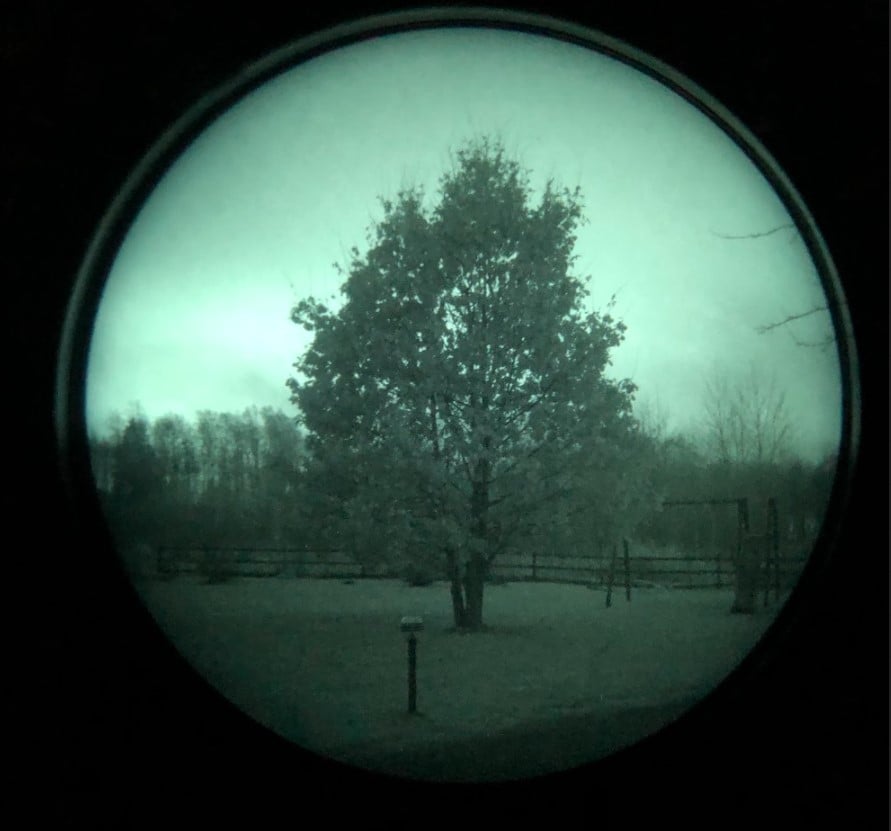
IIT: Photonis 4G
| Parameter | Min | Average | Max |
| Luminance gain (at 20 μlx) | 7 000 | / | 14 000 |
| FOM | 1800 | 2 000 | / |
| Resolution center | 64 | / | / |
| Signal to noise ratio | 27 | 30 | / |
| Equiv. Background illumin. | / | 0.15 | 0.25 |
Conclusion
4G takes us to the mil spec. Wide spectrum image intensifier. Exceptionally high SNR and resolution. A much wider range of the light can be used with these tubes enabling them to beat Generation 3 in most environments.
4G Products available
-
ACT LWT DTNVS 4G White Phosphor
€15 500.00 Select options This product has multiple variants. The options may be chosen on the product page In Stock -
ACT THE14 LWT40 4G White Phosphor
€8 866.00 – €9 114.00 Select options This product has multiple variants. The options may be chosen on the product page In Stock
In Conclusion
Although IIT is only one component of the NVD, it’s undoubtedly the main one. When looking at IITs from different generations, try to keep in mind the product’s end-use.
When you want the most bang for the buck, go for Photonis ECHO in either THE-14 or DTNVS housing. After ECHO, the cost goes up a lot, but you don’t get as much value per euro, as with ECHO. For airsoft, hunting, hiking, tactical training, etc., the ECHO has plenty of performance.
If Photonis ECHO is also too expensive, then you better buy a flashlight or save your money. The performance below the Photonis ECHO is not worth your time or money.
Let´s say you are in the mood and have enough cash on hand to get a premium product. Go for ECHO+ or 4G.
Questions? Something does not make sense?

Need Support or Have Questions? Contact us!
